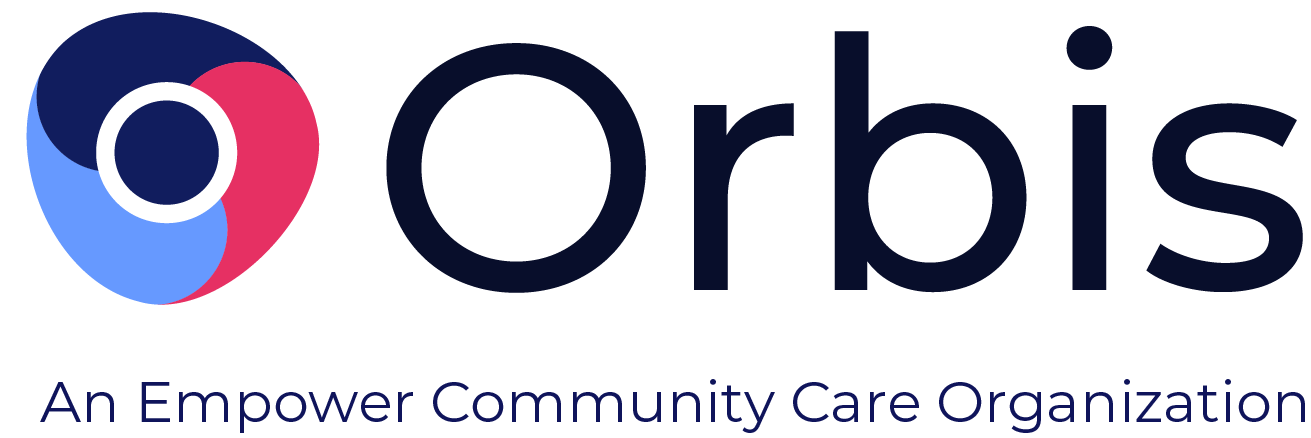The Opioid Epidemic’s Effect on Children
Elizabeth’s baby was due in June, and that’s exactly when she came— on the very morning of her due date, a new little girl entered the world. Elizabeth was ecstatic to become a mother, sharing the special moment with her partner, but as the newborn was examined, doctors came back with bad news: the baby was unnaturally stiff and had difficulty breathing. Elizabeth’s heart sank as she heard the diagnosis: neonatal abstinence syndrome, or NAS. After years of opioid addiction, beginning with prescription painkillers like Percocet and culminating with heroin usage, her worst fears had come to fruition: Elizabeth’s baby girl had been born with an opioid addiction.
The shocking increase of children born with addictions—a nearly fivefold leap in the past decade—is only one of the ways widespread opioid abuse has fractured American families. Beginning in the late 1990s, opioid use in the United States has been skyrocketing, particularly among rural and economically disadvantaged communities. Rates of overdose deaths in rural areas have superseded rates in urban towns, in part a manifestation of increasing rural poverty. But the trend of opioid abuse is not contained to just one region of the U.S.—across the country, the CDC has statistics which show that 128 Americans per day die after overdosing on opiates.
Though the shocking uptick in opiate abuse began years ago, new and more powerful drugs have contributed to a recent rise in deaths. The start of the opiate crisis saw most users abusing prescription opioid painkillers, like Percocet, Vicodin, and OxyContin. Though these are legal drugs, they include opiates, a compound also found in heroin, that manage pain and supply a rush of feel-good dopamine. Whether they gathered pills from their own prescriptions or from relatives and friends, some of those who abused painkillers began looking for a stronger, longer-lasting rush of dopamine: heroin. For those abusing painkillers, the odds of eventual heroin use are 3.5 times higher than for those who don’t; in fact, in one survey of heroin users, nearly half began their addiction with painkillers.
The Dangers of Drug Abuse
With heroin and prescription pill abuse higher than ever, a new class of drug entered the opiate market: extremely potent opioids, often exponentially stronger and faster-acting than heroin. Fentanyl is fifty times stronger than heroin—those who abuse the substance are at a much greater risk of overdose death, as even small amounts of the drug can be fatal. Just recently, fentanyl overdoses are now considered the main cause of death for individuals aged 18-45 in the U.S. But statistics can’t capture the effects of opioid abuse on the children of the crisis.
Take Lane and Reed, both toddlers when their mother died from an overdose. After Lane, three years old, stumbled across his mother’s syringes and heroin, both children were taken from her custody—fortunately, they had grandparents willing to care for them. But many children like Lane and Reed do not. About half of all opioid overdoses occur within the 25-44 age group, the time when many Americans first become parents. Because of this, the opioid abuse crisis led to a crisis of its own: an overflow of adolescents in the foster care system. Across the country, the number of youths entering foster care has spiked—largely due to parents or caretakers abusing opioids. In Georgia alone, there has been a 75% increase in foster intake between 2013 and 2016. In Texas, Florida, and Oregon, children have been forced to sleep in state buildings when there aren’t enough foster homes available.
An overflow in the system isn’t the only dangerous effect of opioid use. Like Elizabeth’s baby, an increasing number of newborns have addictions. Then there are the children who accidentally ingest their parents’ drugs: the number of adolescents admitted to hospitals for opioid overdose has doubled since 2004. As opioid abuse grows among adults, so does it among juveniles—many adolescents who misuse opioids are first given them by friends or relatives, and 122,000 teenagers across the United States currently have an addiction to prescription pain relievers. In 2016, a Harvard Medical School study demonstrated that children growing up in households where substances are abused are more likely to exhibit antisocial and behavioral problems, as well as abuse substances themselves. And no statistics can summate the effects of watching your parents seize during an overdose, having to care for younger siblings when parents are no longer able, or being separated from your family by child services. Children who undergo these types of traumatic events are much more likely to suffer from mental and physical diseases later in life.
A Women’s Risk/Needs Assessment Can Help with Substance Use
Orbis Partners provides solutions for criminal justice and human services systems, specializing in designing and implementing services for at-risk client groups. Orbis offers a unique blend of programs and services including innovative case management software applications, evidence-based interventions, and effective risk, needs, and strengths assessment tools. The Service Planning Instrument for Women (SPIn-W), a women’s risk/needs and strengths assessment and case planning tool, is for females 17 years of age and older and is intended to assist with case planning, and for predicting probation and parole outcomes, success in correctional reentry centers, institutional misconducts, and post-release recidivism. Drawn from research focused on women and other criminal justice populations, the assessment is compromised of the following domains:
- Substance Use
- Family and Children
- Mental Health
- Criminal History
- Response to Supervision
- Social Network
- Vocational/Employment
- Attitudes
- Social/Cognitive Skills
- Violence
- Community Living
Family and community members are deeply impacted by substance abuse. Finding help and getting assistance are the first steps to recovery.
Orbis Partners provides solutions for criminal justice and human services systems, specializing in designing and implementing services for at-risk client groups. Orbis offers a unique blend of programs and services including innovative case management software applications, evidence-based interventions, and effective risk, needs, and strengths assessment tools. For more information about Orbis, contact us by clicking here.


